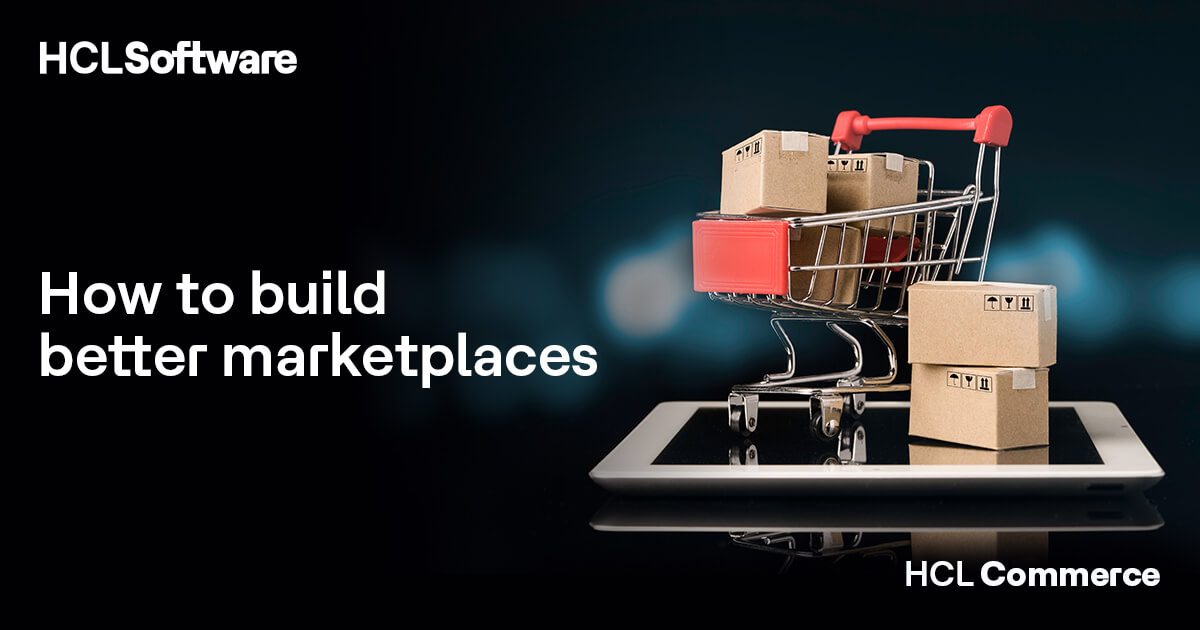If you’re managing a commerce business (particularly B2B, though many principles also apply in B2C), you’re very likely facing three big themes right now.
1. Pressure to Reduce Cost
The first thing we hear over and over: “How do we do more with less?” Whether it’s licensing and operational costs, staffing, or upstream systems, companies are being pushed to streamline. Even in B2C, you’ll see leaner digital budgets; in B2B, it’s perhaps more acute because margins and complexity often demand tighter controls.
From your perspective, that means asking questions like: Can my commerce platform be more efficient? Is the architecture simpler and less resource-hungry? The more you can free up costs in the engine room, the more you can invest in growth or differentiation.
2. Replatforming Fatigue
Here’s the reality: many companies are not eager to rip and replace their entire commerce stack. Big platform migrations are risky, expensive, and time-consuming. What we’re hearing is that businesses want to incrementally add capabilities rather than perform a massive “big bang” replatform.
So, from your side, evaluate how you can augment what exists by adding new modules, services, or extensions instead of starting from zero. That gives you flexibility and reduces risk.
3. “Agentic” AI and the Rise of Smarter Commerce
Now we come to the exciting one. The term “agentic AI” is increasingly popping up. What it means is AI agents that don’t just respond when asked but act autonomously. They discover, decide, and execute on behalf of users or the business with minimal human prompts.1
For you as a commerce organization, this means the horizon is shifting toward smarter recommendation engines, agents that optimize pricing and inventory, and assistants that drive customer journeys with minimal friction. For example, an AI agent might monitor inventory, forecast shortages, and trigger replenishment without human intervention. You can read more about this in one of our recent blogs (How Agentic AI is Relevant to Ecommerce).
The takeaway is that if you can build a commerce model that supports modular adoption of such capabilities, you position yourself for the next wave.
What to Think About Today (So You’re Ready Tomorrow)
Given those three forces, here are practical themes to explore.
Simplify Your Footprint
Ask yourself how lean your commerce tech infrastructure is. Do you have large monolithic systems that require heavy compute, lots of specialized experience, and big upgrade costs? If yes, that can be a drag. Instead, consider an architecture that is modular and easily adaptable. That means less specialized overhead.
This aligns with what’s being discussed in the market about the cost of upgrades and the burden of monoliths.
Adopt at Your Pace
Rather than committing to “out with the old, in with the new” in one shot, look at a strategy where you adopt new architecture in a step-by-step manner. Start by getting the foundation in place and adopting new micro capabilities such as a pricing engine, inventory module, or promotion engine. These are what we call PBCs. Then gradually you can migrate or decommission over time. This helps reduce risk and spread cost.
This is especially relevant if you have complex operations, multiple integrations, or a global footprint, since you can pilot in one region or segment first.
Build for the Agentic Future
Even if you’re not ready to deploy full agentic AI today, you can prepare. Some questions to ask:
- Is your data accessible and clean? Are catalog, price, and inventory systems designed so that an AI agent could plug in and act?
- Are you thinking about user experience models where decision assistance happens rather than just “search and buy”? For example, what if a system could surface the best option for a buyer and execute part of the process while the human oversees?
- Can you modularize components so you don’t have to deploy monolithic features at once and can layer in automation gradually?
Don’t Assume the Big Lift Is Tomorrow
Gartner predicts that at least 15% of day-to-day work decisions will be made autonomously through agentic AI by 2028, up from 0% in 2024.2
Yes, the agentic era is coming. But it’s early. Some analysts are cautioning that many early agentic AI projects are still experimental and may not yet deliver full business value.2
So balance ambition with pragmatism. Pick short-term wins in cost reduction and modular adoption while keeping one eye on longer-term transformation.
From Uncertainty to Opportunity
The commerce landscape is changing fast. While some vendors may be going through leadership churn or market uncertainty, the common thread is clear: buy fewer big projects and spend more on flexibility and intelligence. In other words, if you can build for agility both in cost and speed, you’ll be in a stronger position.
From your vantage point, controlling cost, reducing upgrade risk, and preparing for smarter automation are not optional luxury items. They are essential for staying competitive. Customers expect smoother experiences, faster access, and personalized journeys, and you need to deliver that without ballooning cost.
My Takeaway for You Today
If you take away three actions from this, it should be:
- Audit your tech footprint and look for places you can trim compute, licensing, or staff overhead.
- Map a phased adoption plan and identify one or two modules you can introduce this year, such as pricing, inventory, or promotions, instead of waiting for a full rip-and-replace. Reach out to me today and learn more about our Adoption Strategy.
- Set up your data and modular foundation for smarter automation. Even if you’re not deploying full AI agents today, prepare the environment now so you can move quickly when ready.
Sources:
Start a Conversation with Us
We’re here to help you find the right solutions and support you in achieving your business goals.









